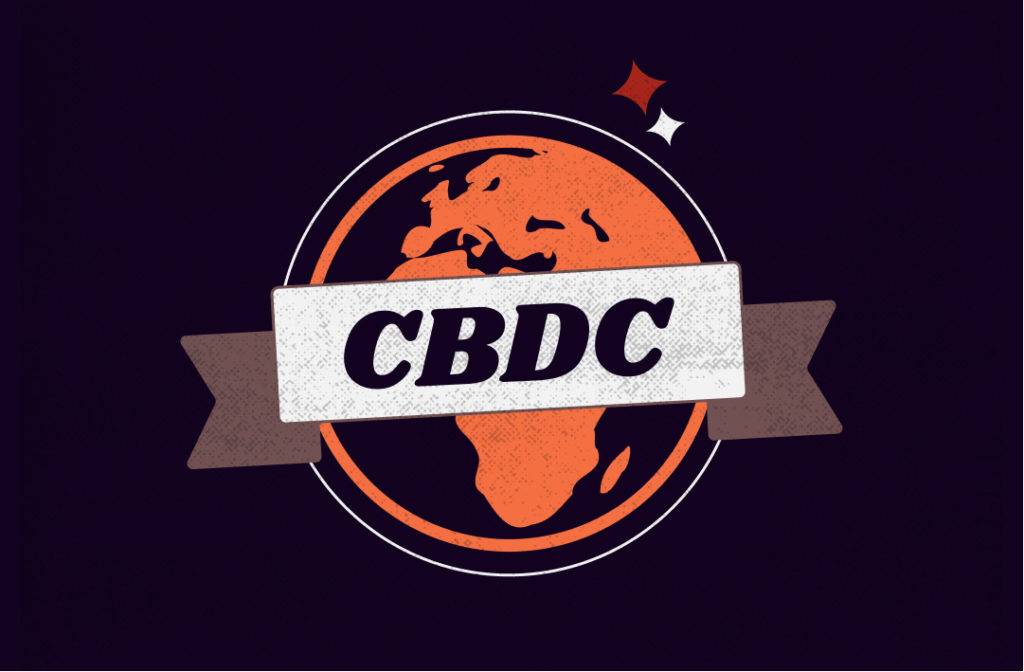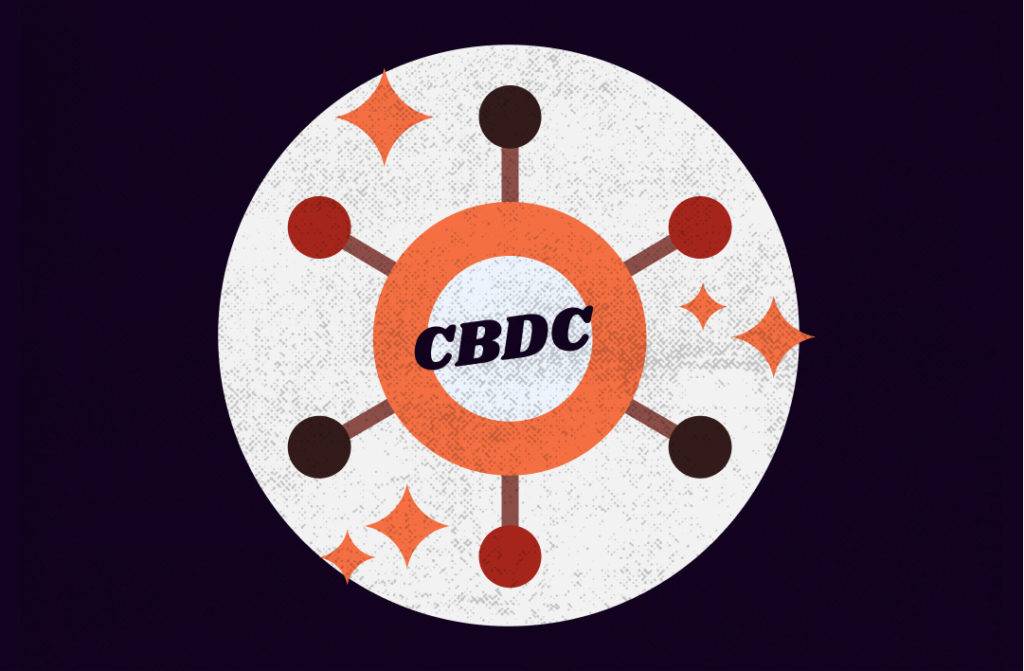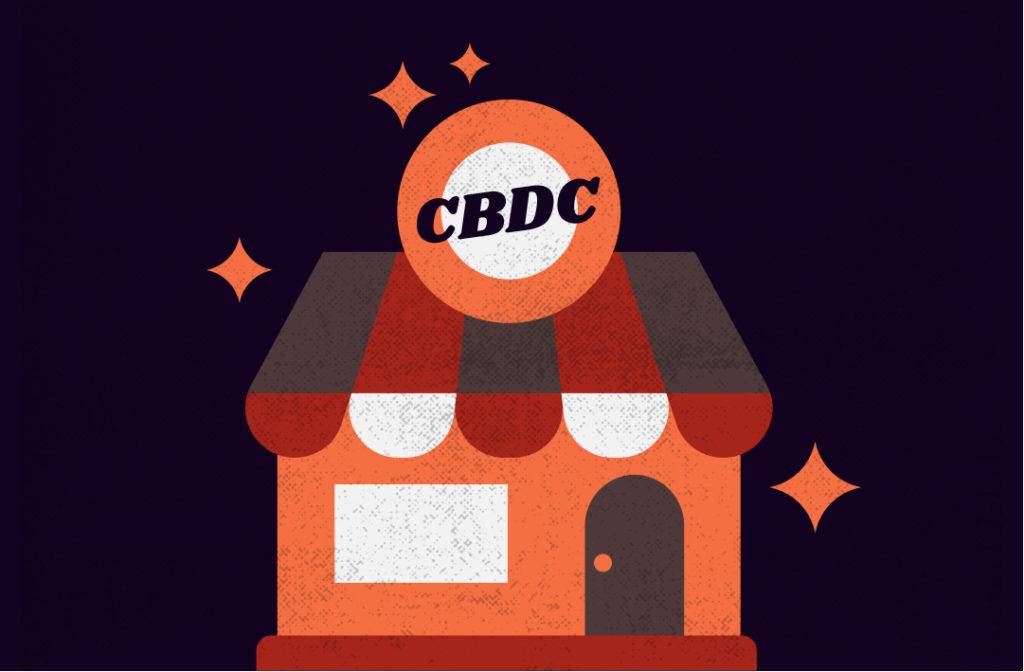About 80% of central banks are exploring use cases involving CBDCs in 2021, with 40% already taking practical steps towards the implementation of their own digital currency, according to the Bison Trails platform. Analysts from dGen predict that between three and five nations will completely replace their national currency with a CBDC within the next ten years. China, whose digital Yuan (DCEP) is already being actively tested in services covering more than 500 million users, is sure to be among them.
What Is a CBDC?
A CBDC is a digital form of the national currency. Its value is ensured by full interchangeability with the national fiat currency in both cash and non-cash forms. CBDCs are guaranteed and issued by the central bank. In contrast to cryptocurrencies, CBDCs are official, state-backed means of payment and can be used for any type of transaction.
There are no common standards for CBDCs at the time of writing. They may differ in architecture, infrastructure, technology, access conditions, level of anonymity, geographical scope, and other characteristics. The vast majority of CBDCs are implemented using blockchain technology, but unlike cryptocurrencies, they are centralized under governmental authority.

Is a CBDC an Alternative to Fiat Money?
A CBDC is a full analog of fiat money. The national currency backs the Central Bank Digital Currency at a ratio of 1:1. Thus, a one-dollar bill or similar amount in a bank account can be freely converted into a CBDC by the US Federal Reserve in the case of its release.
The Impact of CBDCs on Public Banking System
Many central banks already operate with digital payments, and a significant percentage of transactions are conducted in non-cash form. The introduction of a CBDC will qualitatively transform the banking system and make many economic aspects of society more comfortable.
Potentially, integrating a CBDC into a national economy will:
- reduce transaction costs and fees;
- help central banks hasten the digitalization of the economy;
- expand fiscal policy tools and simplify monitoring over the monetary sphere;
- improve the quality of macroeconomic statistics;
- increase public involvement in the digital economy;
- strengthen national currencies, stimulate their use, and reduce the world’s dollar dependency;
- make cross-border banking transfers more accessible, faster, and cheaper, etc.
The introduction of a CBDC could improve the stability, security, and sustainability of the banking system in developed economies. In emerging economies, the introduction of a digital currency will empower those segments of society that were locked out of the banking system and restricted to cash because of a lack of opportunity or infrastructure. These disenfranchised individuals will then be able to take part in a wider variety of economic activities.
Launched CBDC Projects
 Intensive work on CBDCs is being conducted in many countries, but the claimed success is often premature. For example, Ubin (Singapore), E-Dinar (Tunisia), or eCFA (Senegal) are sometimes cited as “launched CBDCs,” but in practice, they were not full-fledged launches, but only tentative steps in this direction. According to the CBDC Tracker service, as of September 2021, only two CBDC digital currencies are fully realized: the Sand Dollar and DCash.
Intensive work on CBDCs is being conducted in many countries, but the claimed success is often premature. For example, Ubin (Singapore), E-Dinar (Tunisia), or eCFA (Senegal) are sometimes cited as “launched CBDCs,” but in practice, they were not full-fledged launches, but only tentative steps in this direction. According to the CBDC Tracker service, as of September 2021, only two CBDC digital currencies are fully realized: the Sand Dollar and DCash.
Sand Dollar
Sand Dollar is a project of the Central Bank of the Bahamas. Developed and implemented by NZIA Limited, Sand Dollar was designed with a hybrid architecture to ensure easy accessibility for citizens. Local citizens received access to the CBDC in October 2020 and in February 2021, Mastercard announced its intention to issue a Sand Dollar-enabled card. In the summer of that year, mobile wallets were connected to local commercial banks. User convenience was stated as the primary goal of the Sand Dollar, so as to encourage wider participation of Bahamian residents in the modern economic infrastructure.
DCash
DCash is a digital version of the Eastern Caribbean dollar launched by the Eastern Caribbean Central Bank. The project was initially known as DXCD but changed its name closer to the release. The CBDC was organized in four of the eight island nations of the Caribbean:
- Antigua and Barbuda
- Grenada
- St. Lucia
- St. Kitts and Nevis
DCash is being developed and supported by fintech company Bitt. The first plans for CBDC implementation were announced in 2019. Project development began in the fall of 2020, with a test period implemented in February 2021, leading to a full-scale release on March 31 of the same year. DCash is a blockchain-based currency with a hybrid architecture and several options for access to coins. The project is intended to handle everyday expenses as well as payments for online orders and business transactions.
A mobile application called DCash App was developed to manage the wallet, which is implemented just like online banking. According to the developers’ plans, DCash will increase the availability of banking services and simplify money transfers in the Caribbean.
Countries Most Likely to Launch a CBDC
Many central banks are experimenting with CBDCs in 2021. Here’s a rundown of ongoing CBDC projects in different countries:
- The Monetary Authority of Singapore (MAS) held a global challenge for retail CBDC technical solutions;
- The Central Bank of Nigeria has issued guidelines for its developing digital currency;
- The Central Bank of Jamaica is testing CBDCs and has already announced the release of its first tranche;
- The Central Bank of Venezuela is planning to issue the “digital bolivar” in October;
- The Reserve Bank of India (RBI) is working toward a “phased implementation strategy” of a hybrid CBDC;
- Central banks in Australia, Malaysia, Singapore, and South Africa are planning to conduct a cross-border payments trial in collaboration with the Bank for International Settlements (BIS).
 However, the digital currency of the Central Bank of China (DCEP), a.k.a. the digital Yuan, has attracted the most attention. Its testing began in 2019 in major cities with more than 50 million inhabitants including Hong Kong, Shenzhen, Chengdu, and Suzhou. In 2020, several major national companies with a user base of more than 550 million people were involved in the testing. It is expected that the free circulation of the national digital currency in China will start simultaneously with the opening of the Winter Olympic Games in Beijing in 2022.
However, the digital currency of the Central Bank of China (DCEP), a.k.a. the digital Yuan, has attracted the most attention. Its testing began in 2019 in major cities with more than 50 million inhabitants including Hong Kong, Shenzhen, Chengdu, and Suzhou. In 2020, several major national companies with a user base of more than 550 million people were involved in the testing. It is expected that the free circulation of the national digital currency in China will start simultaneously with the opening of the Winter Olympic Games in Beijing in 2022.










